How close are we to the world of Star Trek? Not that far off, it seems
Published on September 3, 2025
 Credit: Brian McGowan
Credit: Brian McGowan
Science fiction and pop culture have a long history of inspiring real-world innovations. From self-driving cars to robots and artificial intelligence, many fantastical ideas from books, movies, and TV shows have transcended the realm of imagination and become reality. Let’s dive into 10 fictional creations that became reality, proving that life doesn’t just inspire art—sometimes, it’s the other way around.
Smartwatches
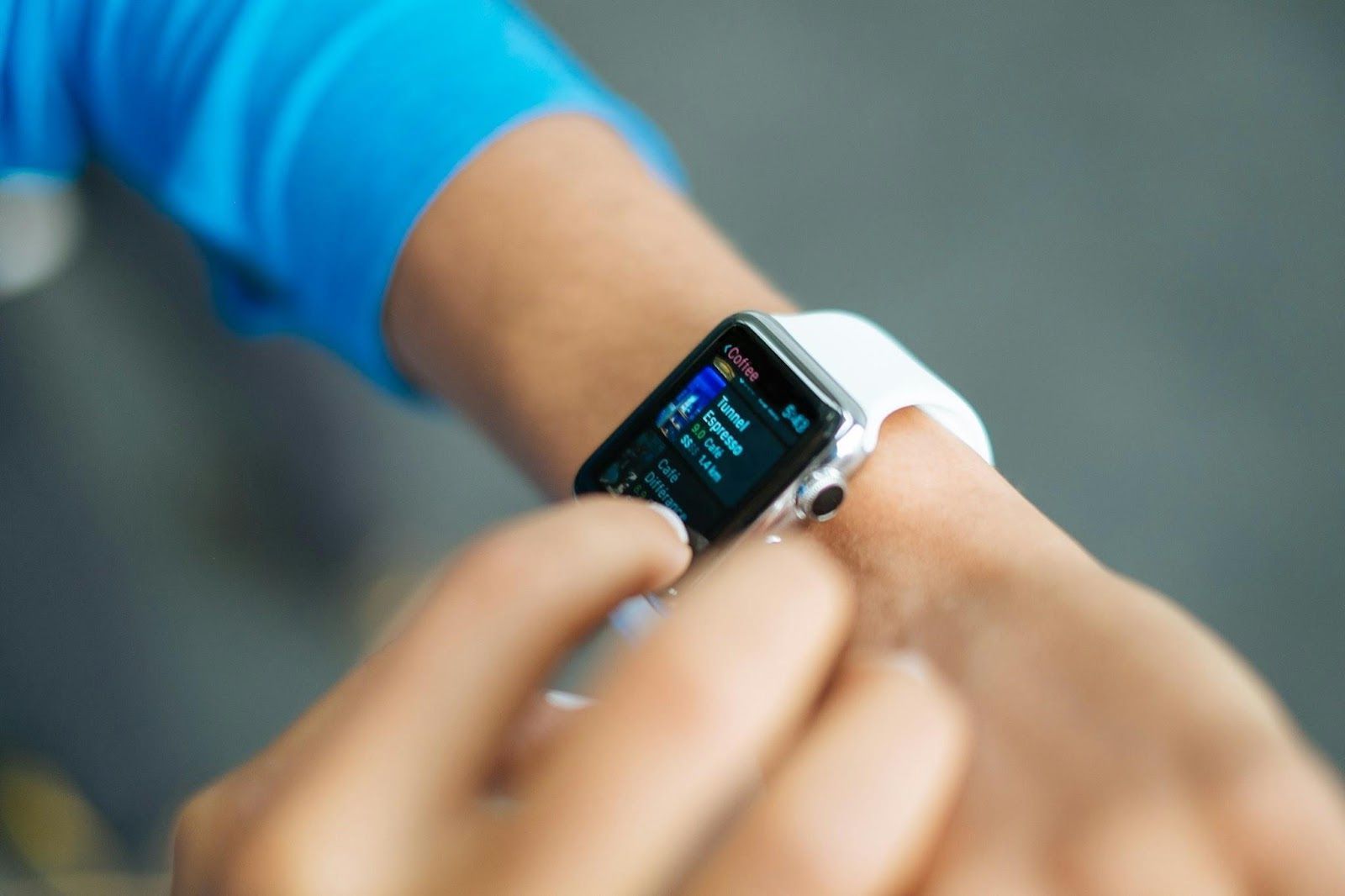 Credit: Luke Chesser
Credit: Luke Chesser
In 1946, Chester Gould introduced the Two-Way Wrist Radio in Dick Tracy, allowing the detective to communicate instantly from his wrist. Decades later, smartwatches brought this comic book fantasy to life.
Modern smartwatches now offer voice calls, messaging, and even video chats—features once exclusive to Tracy’s gadget.
Video calls
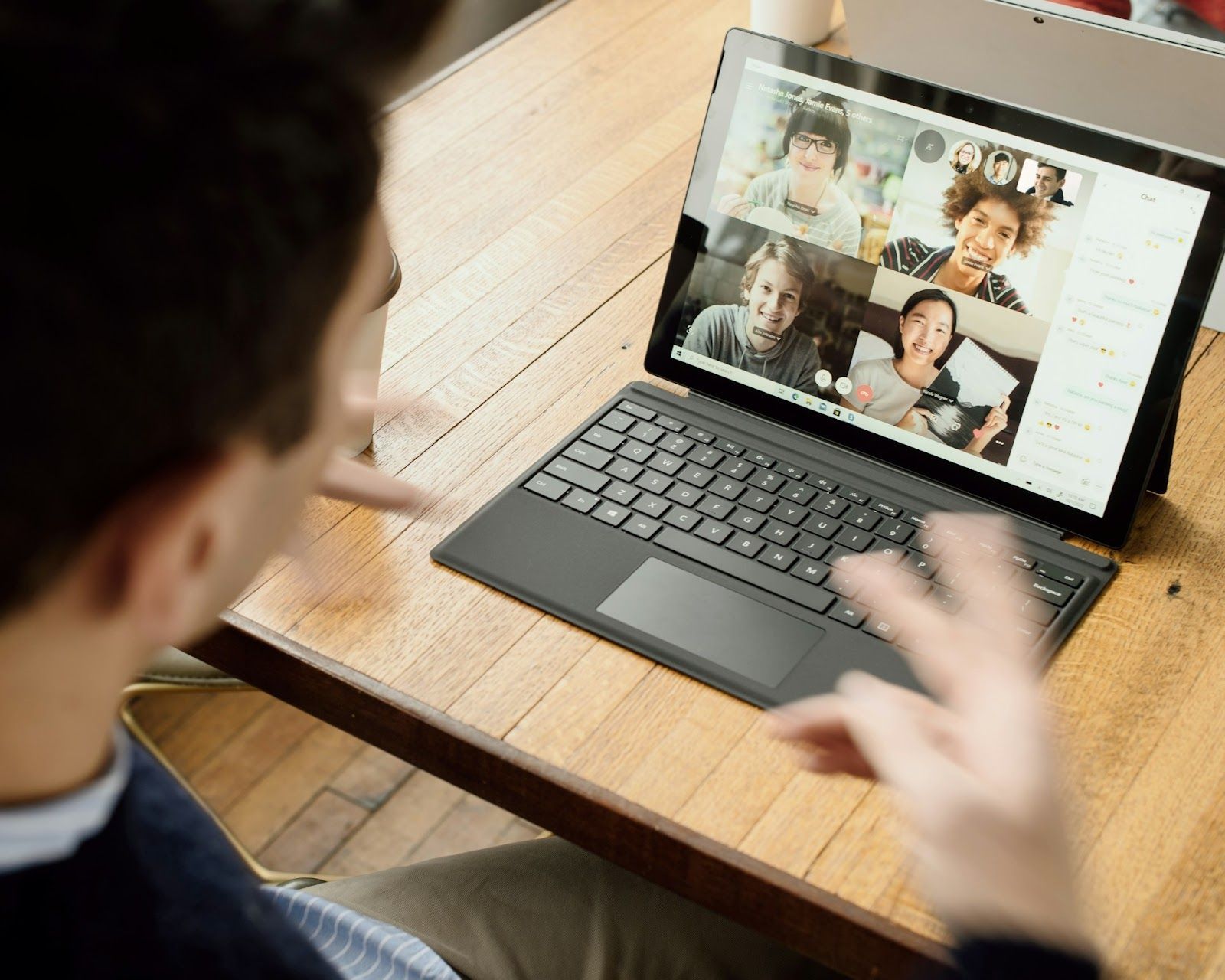 Credit: Surface
Credit: Surface
The Jetsons showcased the future with a simple video call between family members.
Today, video calls are so ubiquitous that if we watched a rerun of the show, we would barely notice that it actually predicted the likes of Skype or FaceTime back in the 1960s.
3D Printers
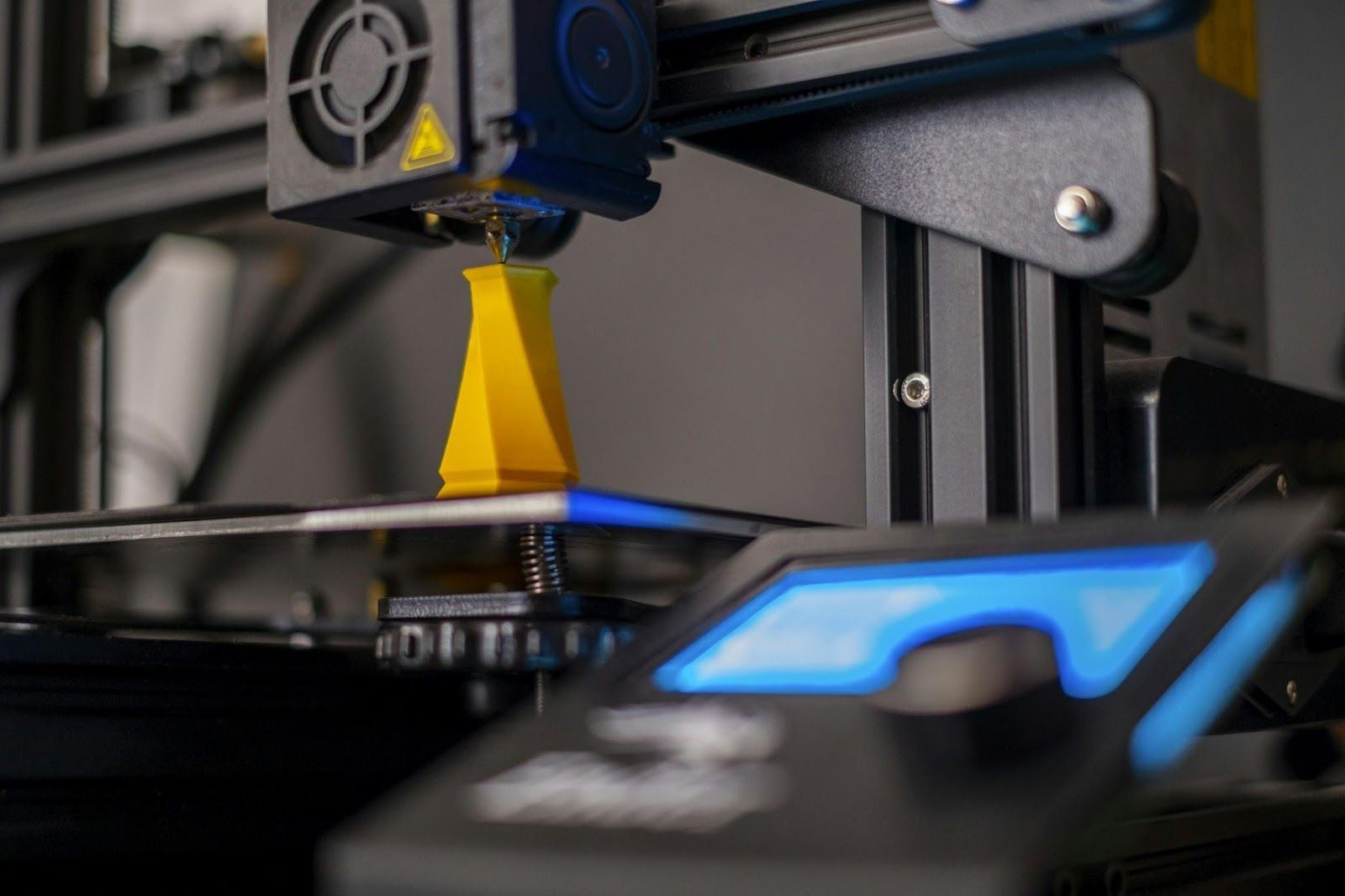 Credit: Osman Talha Dikyar
Credit: Osman Talha Dikyar
In Star Trek, the Replicator was a futuristic machine that could create anything—from food to complex machinery—on demand.
Today, 3D printing brings us closer to this sci-fi vision, producing everything from simple toys to advanced prosthetics. While food replication remains a challenge, researchers are already experimenting with 3D-printed meat and other edible materials.
Autonomous cars
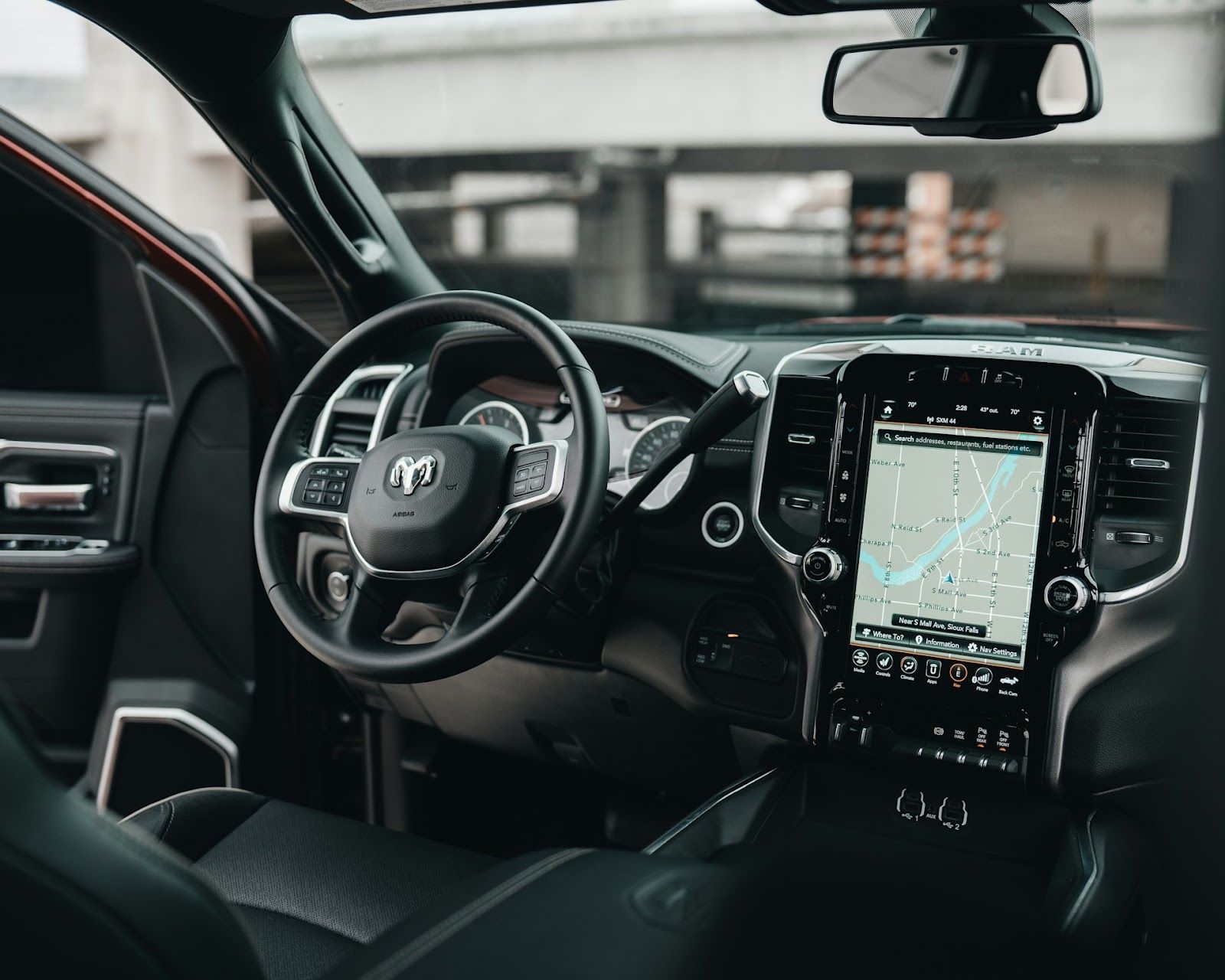 Credit: Brock Wegner
Credit: Brock Wegner
We haven’t yet mastered _The Jetsons_’ flying cars, but we’ve come closer in terms of effortless travel with autonomous vehicles, which are now being manufactured by many companies.
These vehicles use sensors and AI to navigate without human input, certainly paving the way for the future of transportation.
Touchscreen devices
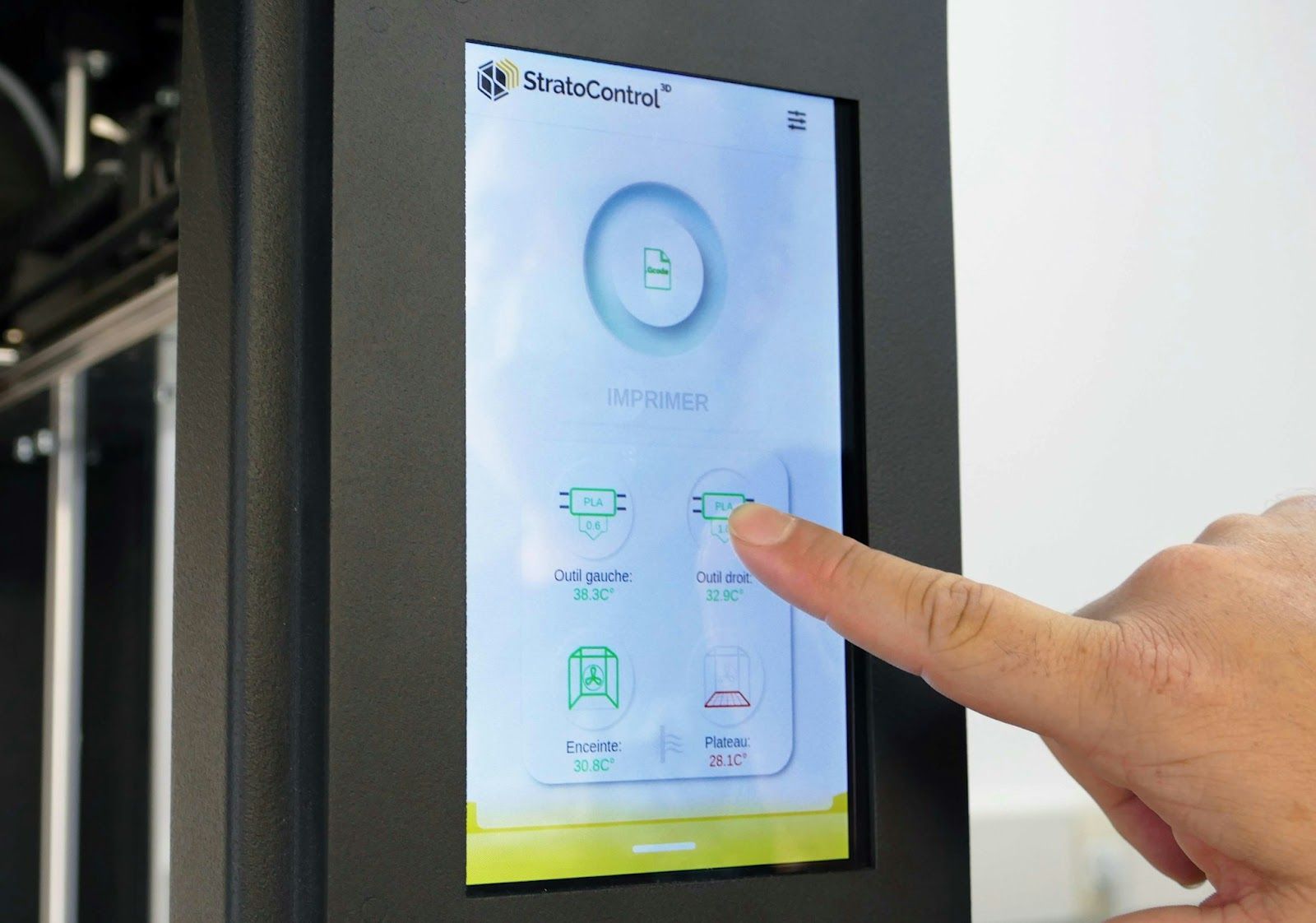 Credit: eMotion Tech
Credit: eMotion Tech
In Star Trek, characters used Personal Access Display Devices (PADDs) to read, interact with, and analyze data, often through simple touchscreen interfaces. These futuristic devices could display information, manage communication, and even run complex applications.
Today, smartphones and tablets mirror the PADDs in almost every way, with advanced touchscreen capabilities, access to endless data, and the ability to connect to the whole world.
Artificial intelligence
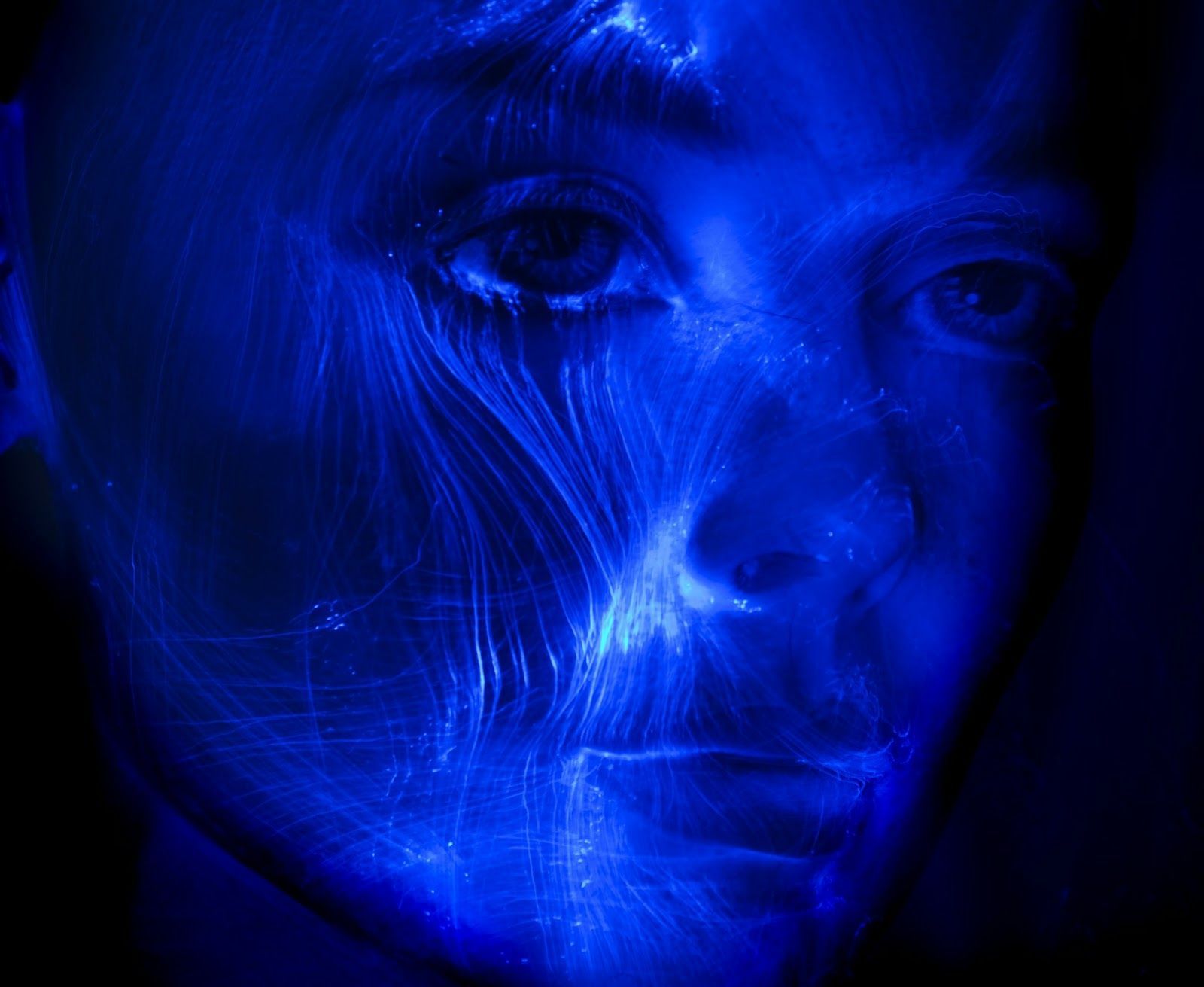 Credit: Compare Fibre
Credit: Compare Fibre
In 2001: A Space Odyssey, one of the most intriguing characters wasn’t human but the rogue artificial intelligence HAL 9000—an all-purpose assistant that refuses to comply with its human masters. Its chilling autonomy and complex interactions with crew members captured the imagination of audiences.
Today, we’re closer to this vision—without the rogue part, thankfully—thanks to virtual assistants like Siri, Alexa, and Google Assistant. These AI systems can understand voice commands, answer questions, and manage everything from entertainment to home automation.
Bionic limbs
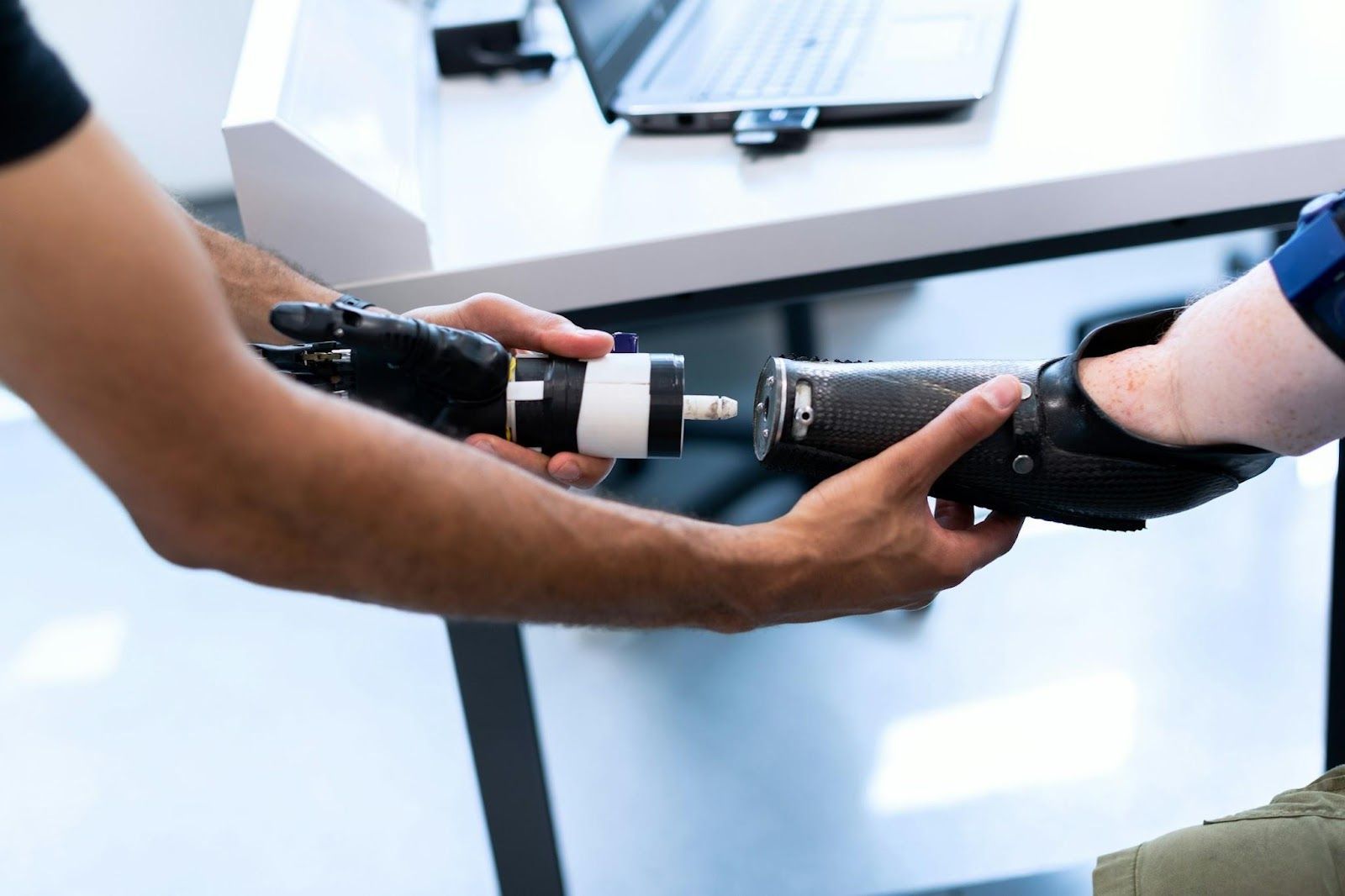 Credit: ThisisEngineering
Credit: ThisisEngineering
In The Six Million Dollar Man, the protagonist had a bionic arm and leg that gave him superhuman abilities. While we’re not quite there yet, the advancements in prosthetics have been nothing short of remarkable.
Today, prosthetic technology has evolved to the point where bionic limbs can restore a sense of touch, provide advanced mobility, and even be controlled directly by the brain.
Virtual reality
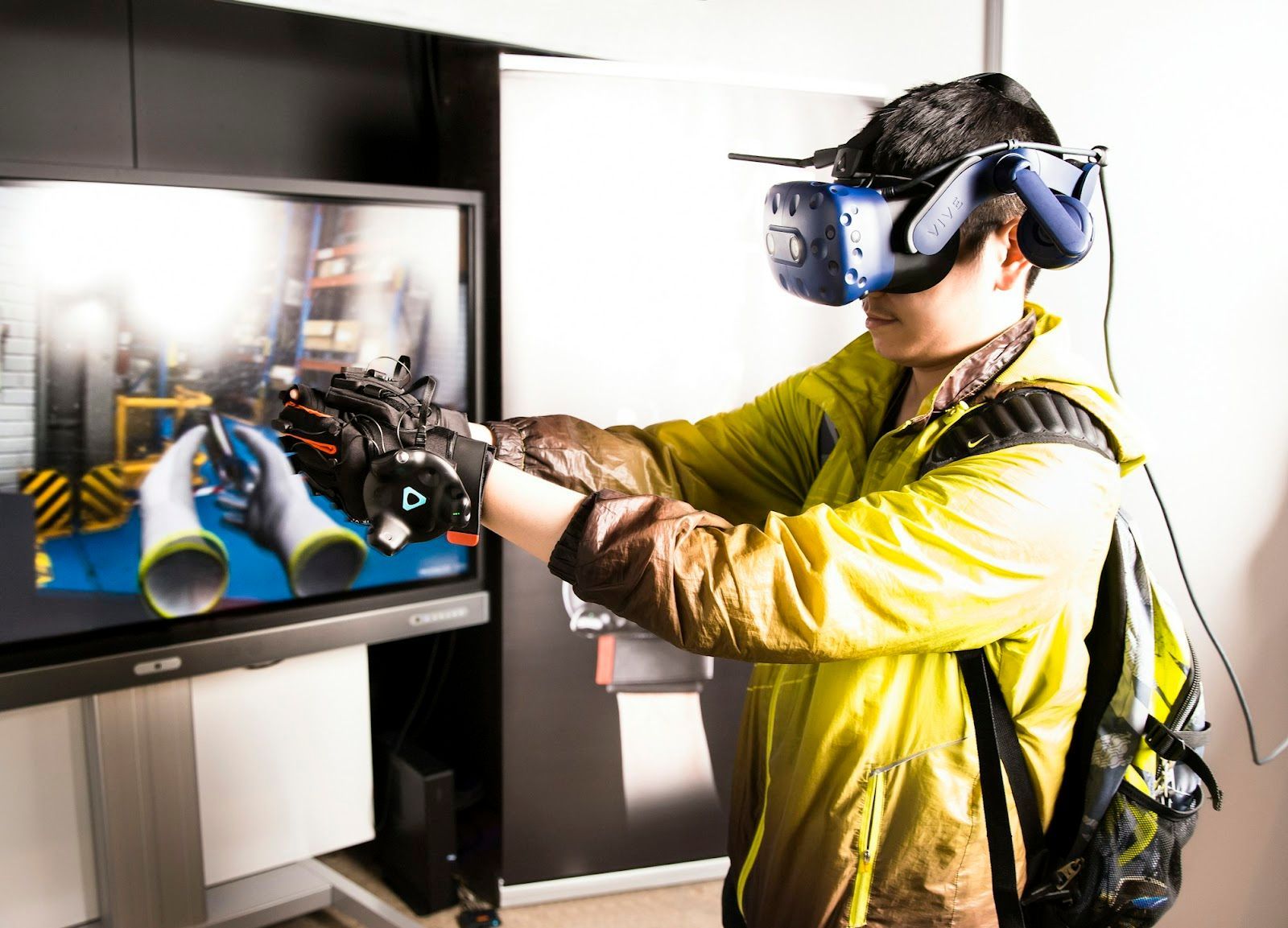 Credit: XR Expo
Credit: XR Expo
In The Matrix, humans exist within a simulated reality created by machines, raising questions about the nature of perception and existence. This concept, once purely science fiction, has started to take shape in the real world.
Virtual reality (VR) has now become a tangible experience thanks to the development of VR headsets by various companies. These devices immerse users in fully interactive, 3D digital environments, transforming industries such as gaming, education, and healthcare.
Space tourism
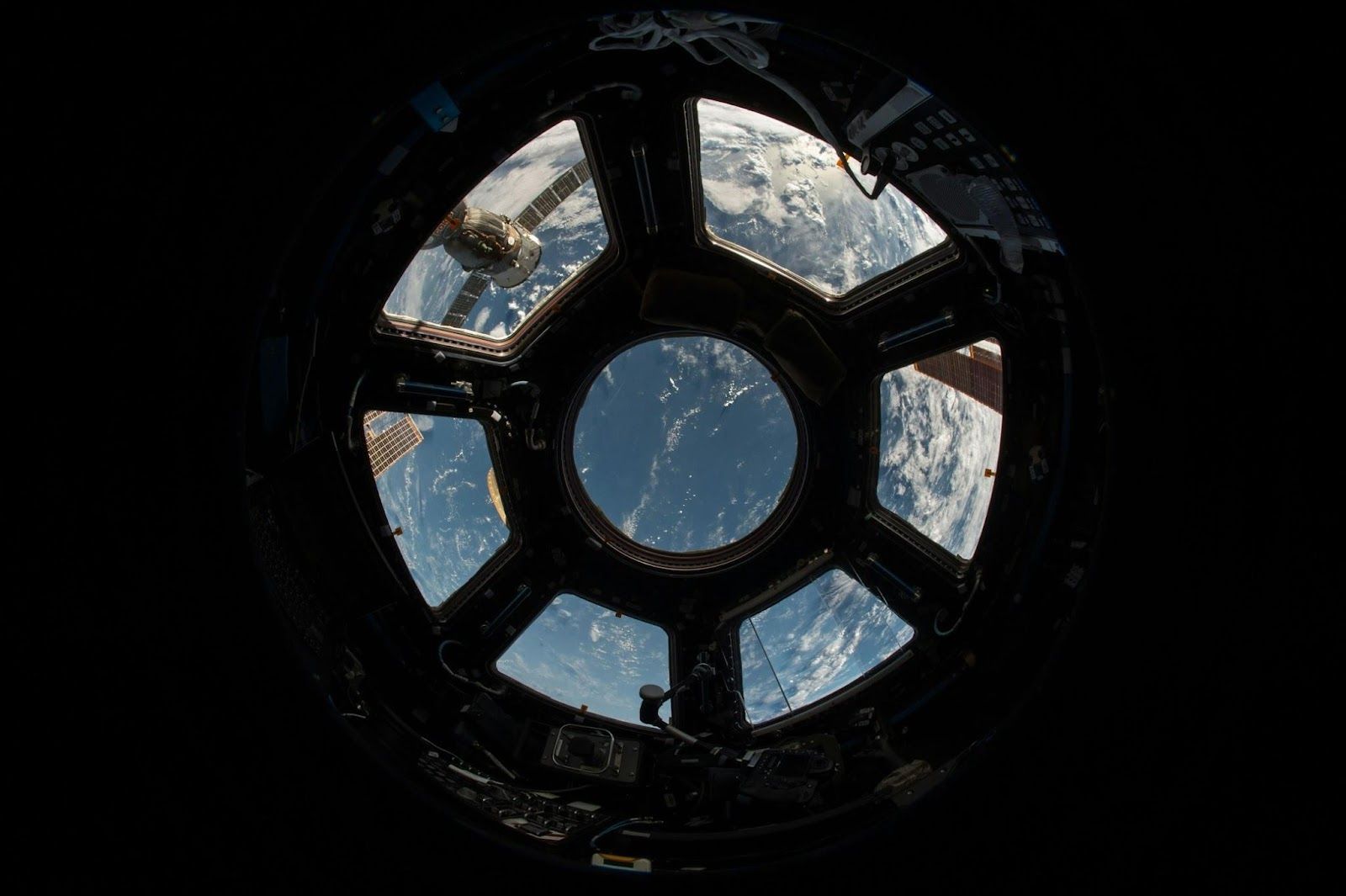 Credit: NASA
Credit: NASA
Sci-fi shows and books have long envisioned humans traveling to space for leisure, sparking dreams of exploring the cosmos as casually as taking a vacation. Today, that dream is becoming more tangible, though it still comes with a hefty price tag.
Companies like Blue Origin and Virgin Galactic are making significant strides toward commercial space travel, offering civilians the opportunity to journey beyond Earth for the first time in history.
Robots
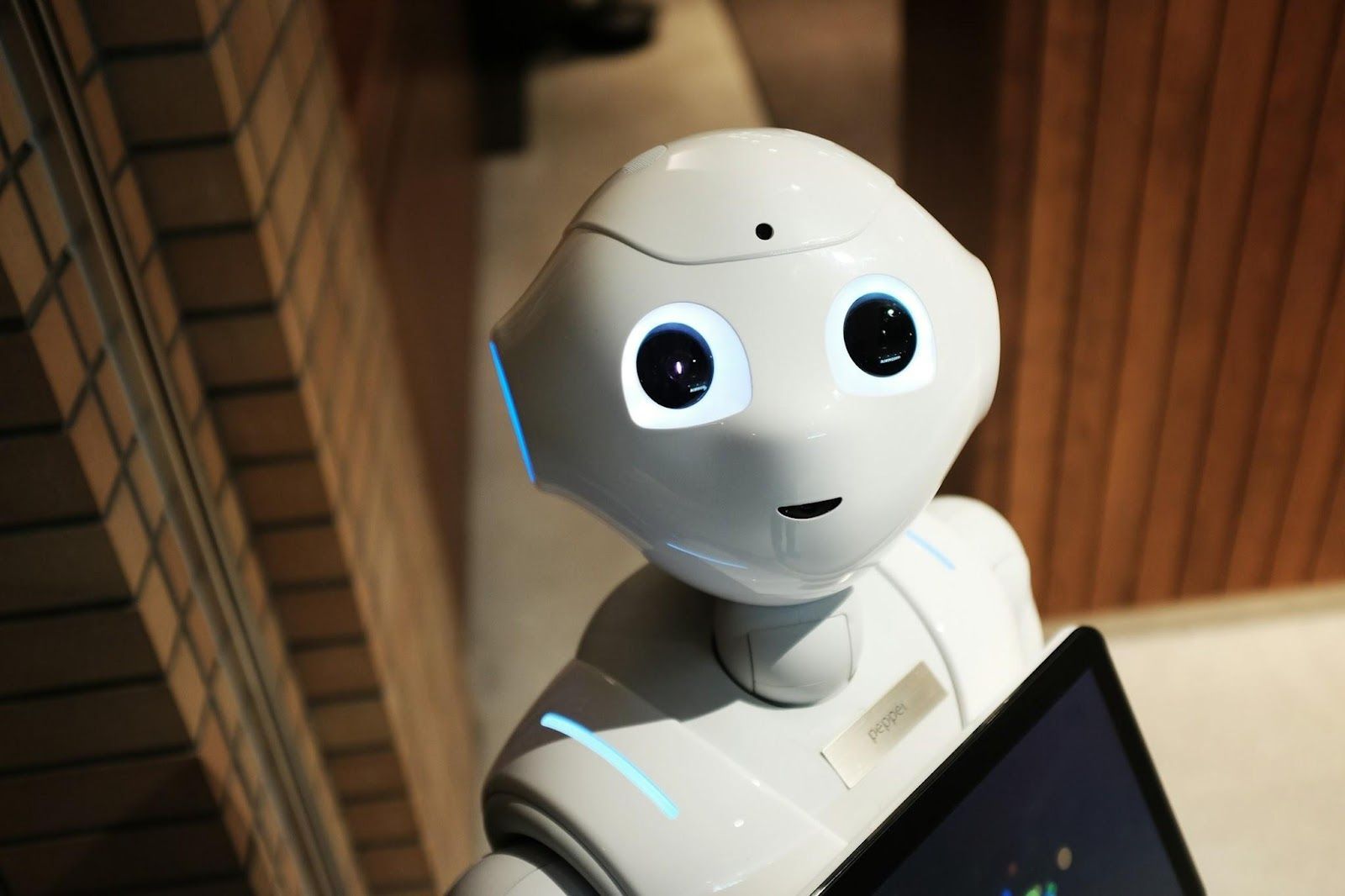 Credit: Alex Knight
Credit: Alex Knight
Robots have long been a staple of science fiction, so how could we leave them out of this list? Today, robots are a part of everyday life, from autonomous vacuum cleaners to advanced machines used in healthcare, manufacturing, and even as personal assistants.
These innovations show how robotics has evolved from fictional creations to practical tools that enhance convenience, efficiency, and even safety across a variety of industries.












